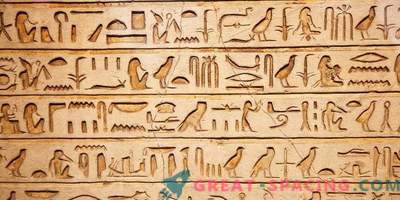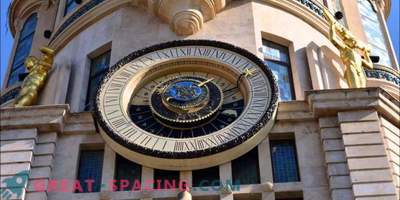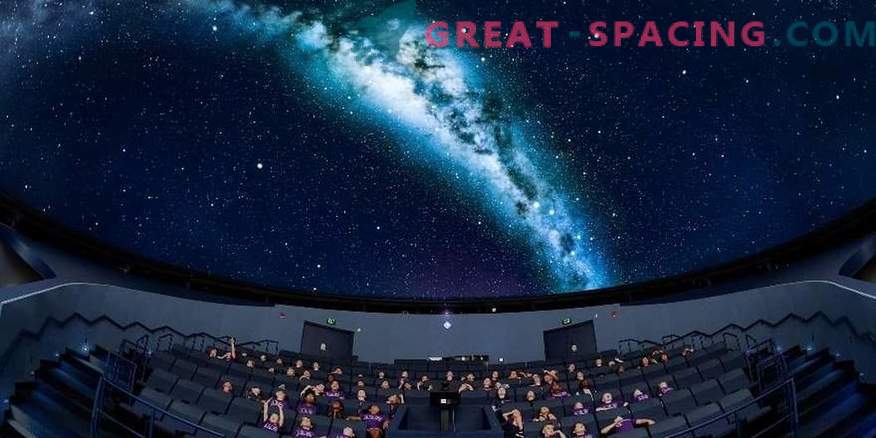
It's all harder for us to find the stars in the night sky. Technological progress has been blamed for creating artificial lighting, advertising banners and air pollution. City dwellers need to get out as far as possible, visit the thematic museums or visit the classical planetariums. But when did the first planetarium appear?
Why did planetariums come up?
Really! Why invite people into a room and demonstrate an artificial night sky, if you can just lift your eyes up at night? Initially, the planetarium was conceived as a entertainment or educational show, dedicated to astronomy.
The word has two meanings. One gives us a classic view of a particular building. Usually it is a kind of dome theater with chairs and a platform (screen) on the ceiling. The second reveals the special tool. With it, imitate the movement of planets, stars and other celestial objects.
In general, the planetarium is designed to provide interesting information about space and interest people (often the younger generation) in astronomy. In fact, this is a show with elements of science (popular science lectures), so the visual series is complemented by the text of the narrator and music. In my childhood, before the start, “Well, wait a minute!” Was shown.
Appearance in a modern form

Planetarium Ace Eusing
The modern successful precursor can be called the planetarium Ace Eusing. Its construction began in 1774 and covered about 7 years. Surprisingly, it continues to function even now, being considered to be the oldest working planetarium in the world! This is a construction attached to the ceiling of the Eusing house. He created the mechanism of the solar system, where the motion of each planet corresponded to a real space model in time. Some believe that Eisings invented a planetarium to reassure people who in 1774 were afraid of the coming parade of planets. The brochures wrote that this event would destroy the entire system or only the Earth. But ... we are still here.
Beginnings laid in ancient Egypt
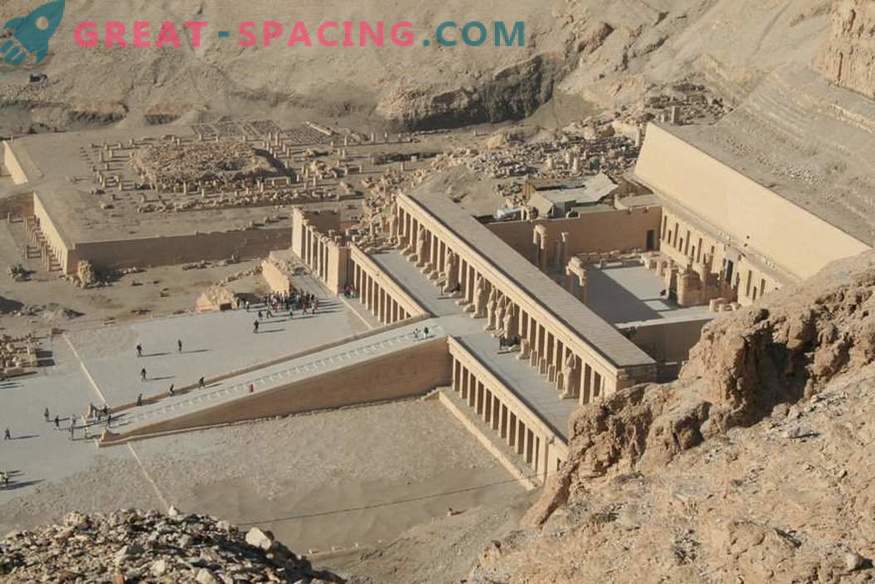
Hatshepsut Memorial Temple at Deir el-Bahri
Let's go back to the very beginning. Before us arises one of the most famous ancient Egyptian architects Senmut (in the history there are few names of Egyptians who do not belong to royal families).
His talent can be judged by the created architectural monuments. He worked during the rule of Pharaoh’s Hatshepsut (18th Dynasty of the New Kingdom). We are interested in concrete work, completed approximately in 1473 BC. er It was a delightful burial temple in Deir el-Bahri, which was accidentally found during the excavation period from 1925-1927.
Most ancient heavenly chart
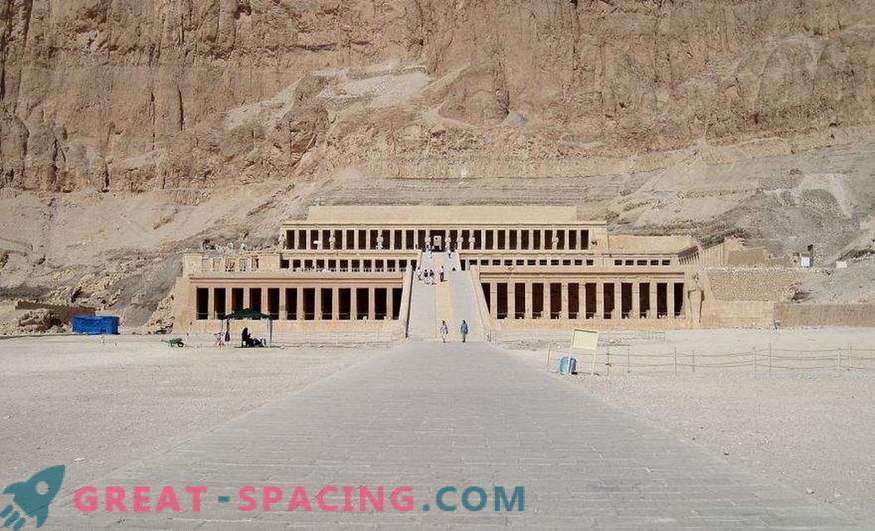
Front view of the Hatshepsut Memorial Temple at Deir el-Bahri
Of course, we speak of this place as the oldest prototype of modern planetariums. However, this funerary temple was not going to invite children to admire the stars. At the opening it was possible to find the sky chart panel.
The design represented two panels (north and south) with mapped circumpolar constellations. Each was divided into 24 sections, demonstrating the diurnal period, the cycles of the moon, and the entire divine Egyptian pantheon. From the constellations only the Big Dipper, the Dragon and Orion could be recognized (the stars move and the shape changes). Also viewed star Sirius and several earth seasons. On the southern panel, scientists recognized the connection of the planets in 1534 BC. er with the locations of Mercury, Venus, Jupiter and Saturn.
For centuries and millennia, the tomb was severely damaged, but the information on the ceiling became important astronomical data. In addition, scientists were able to look at the night sky through the eyes of the ancient Egyptians thousands of years ago. It is surprising that even then people knew a lot about their home planet and space.
Postscript
Egyptian burial temple is considered the oldest example of planetariums. Modern buildings work with the help of new technologies. But it seems that they gradually die. For example, in my city the building is in decline and no one is trying to improve the conditions of the program (all the same old records). But the real night sky is showing less and less stars. I recently went to the village and for the first time at night I saw a faint band of stars in the Milky Way. So one day we run the risk that the planetarium will be the only place where you can see stars in big cities. What do you think?











